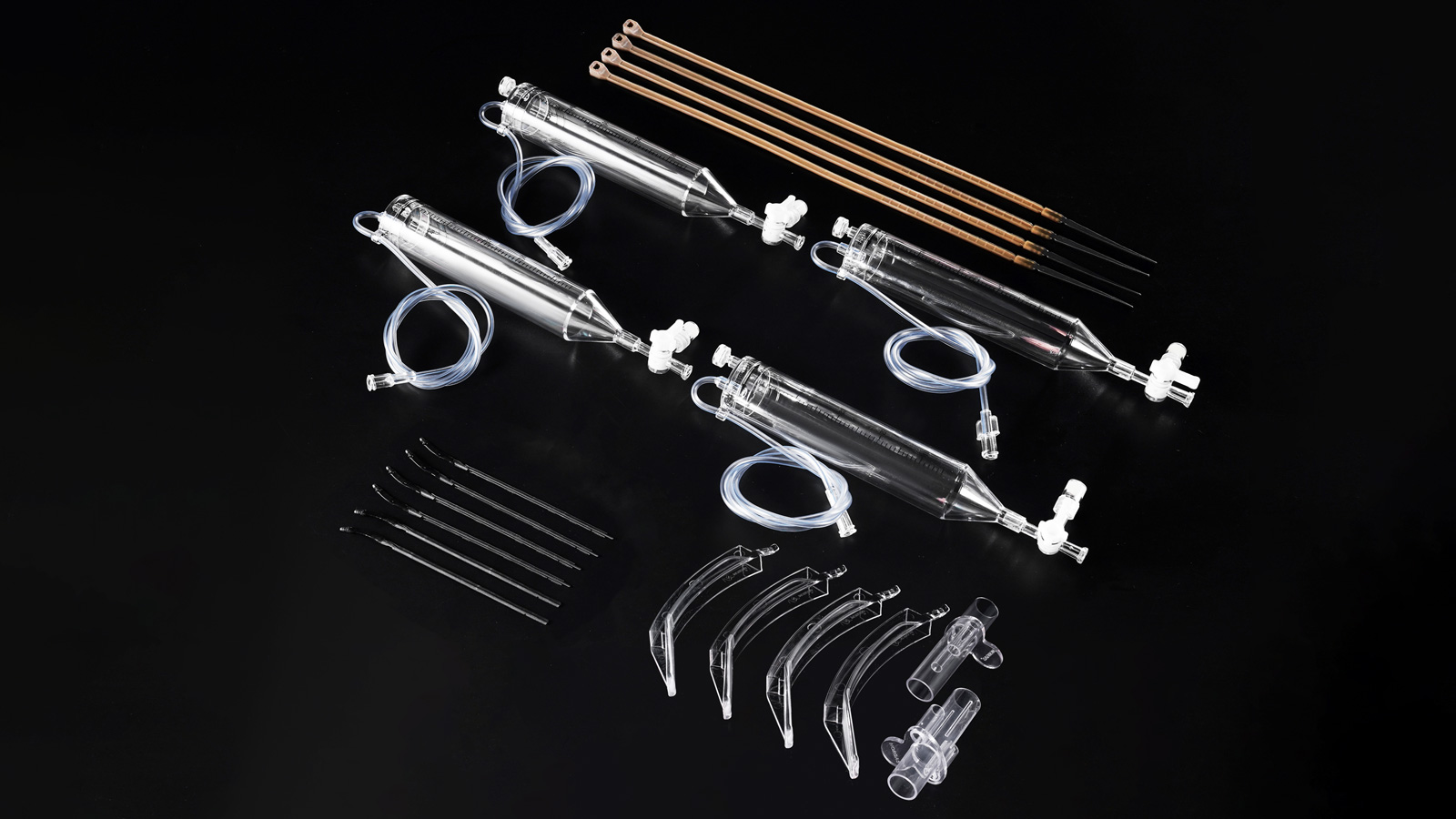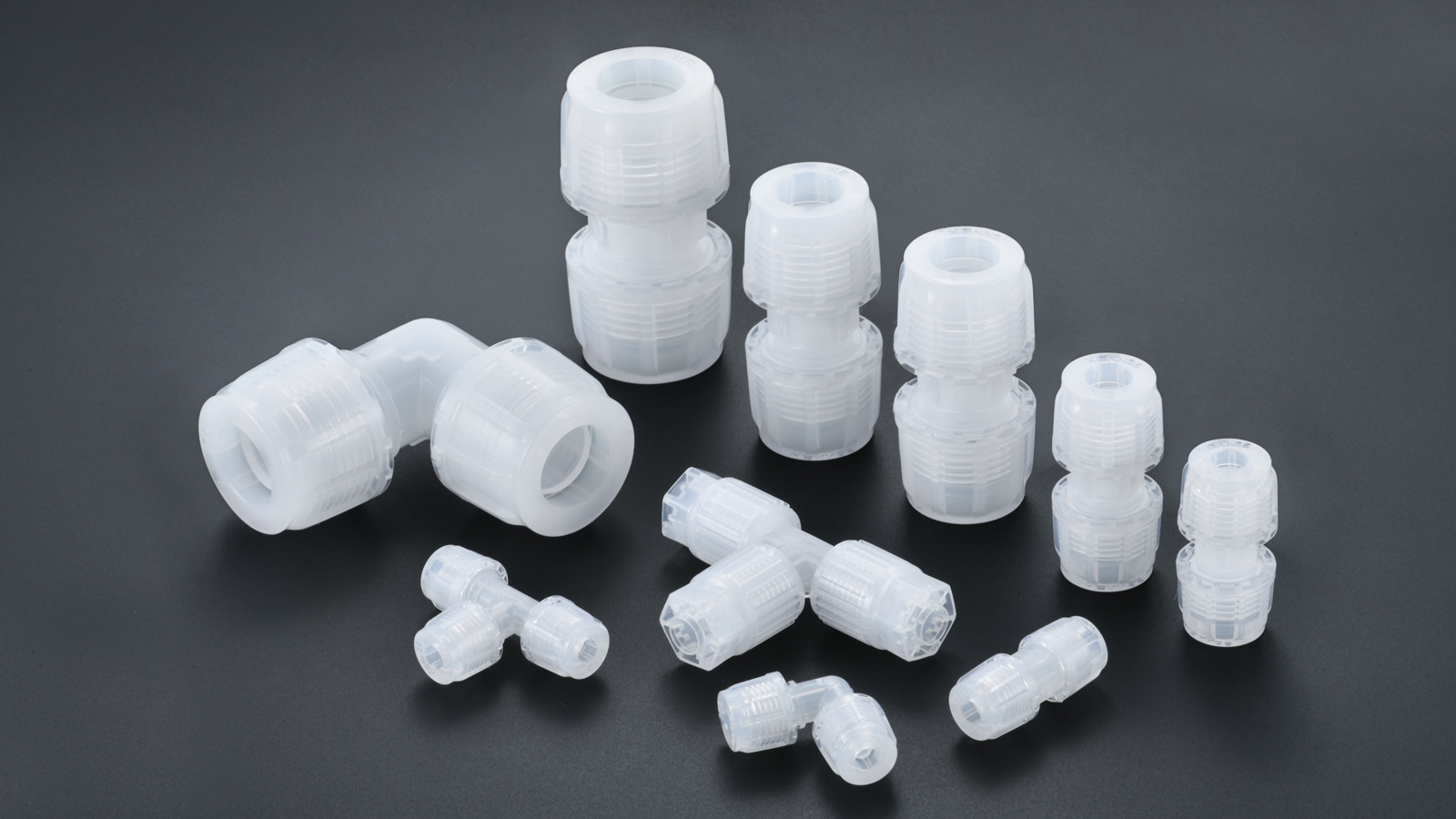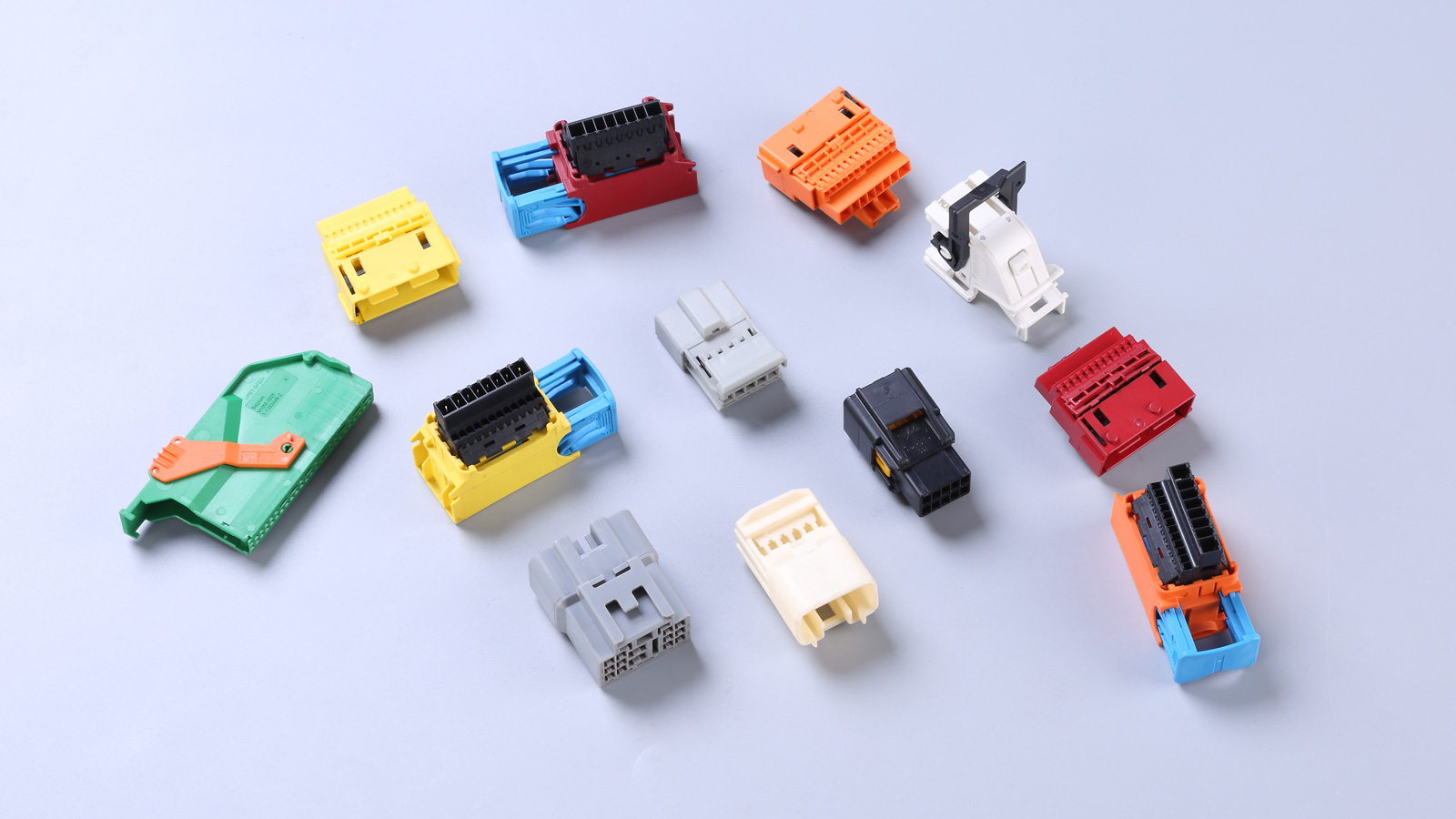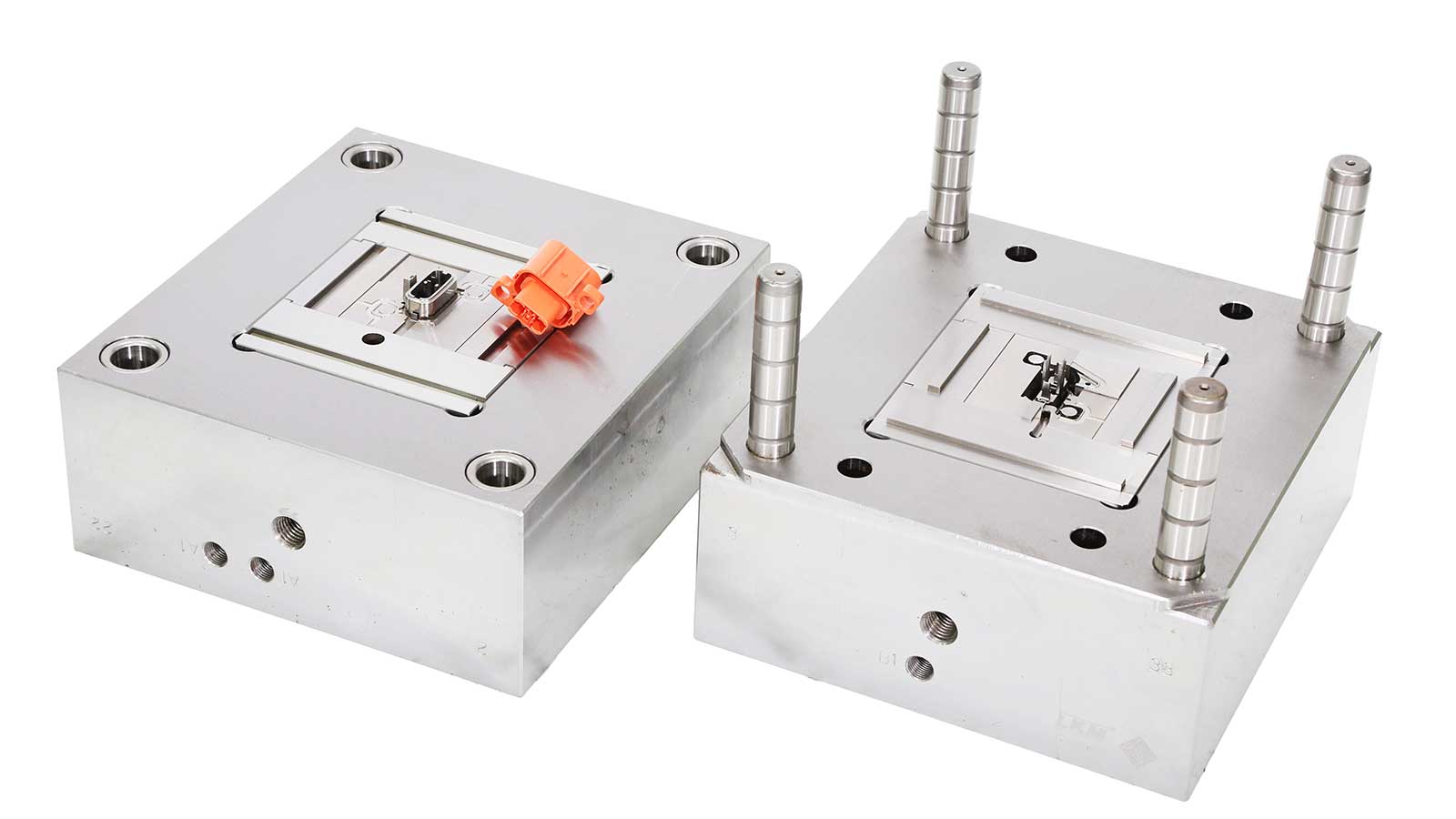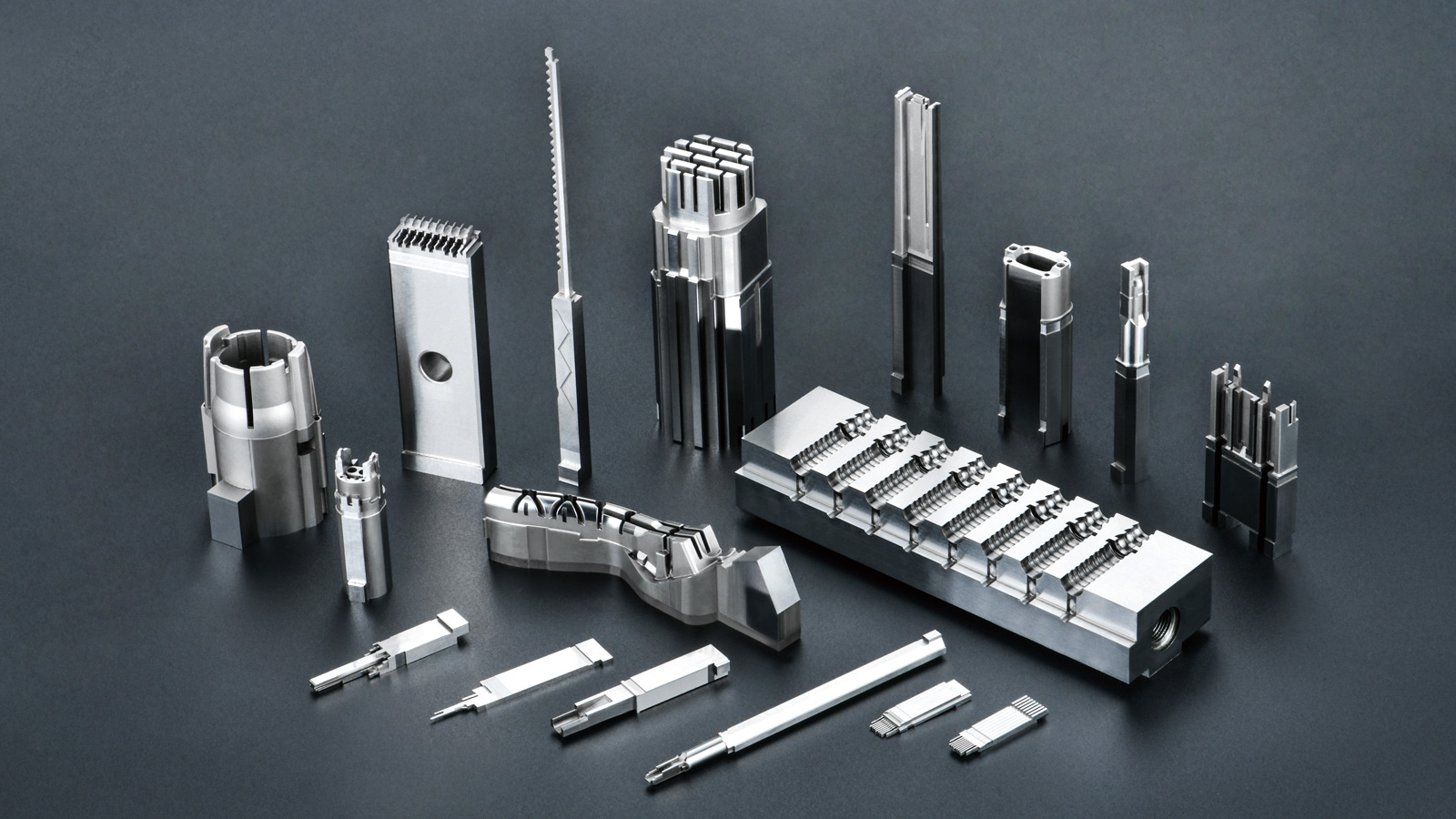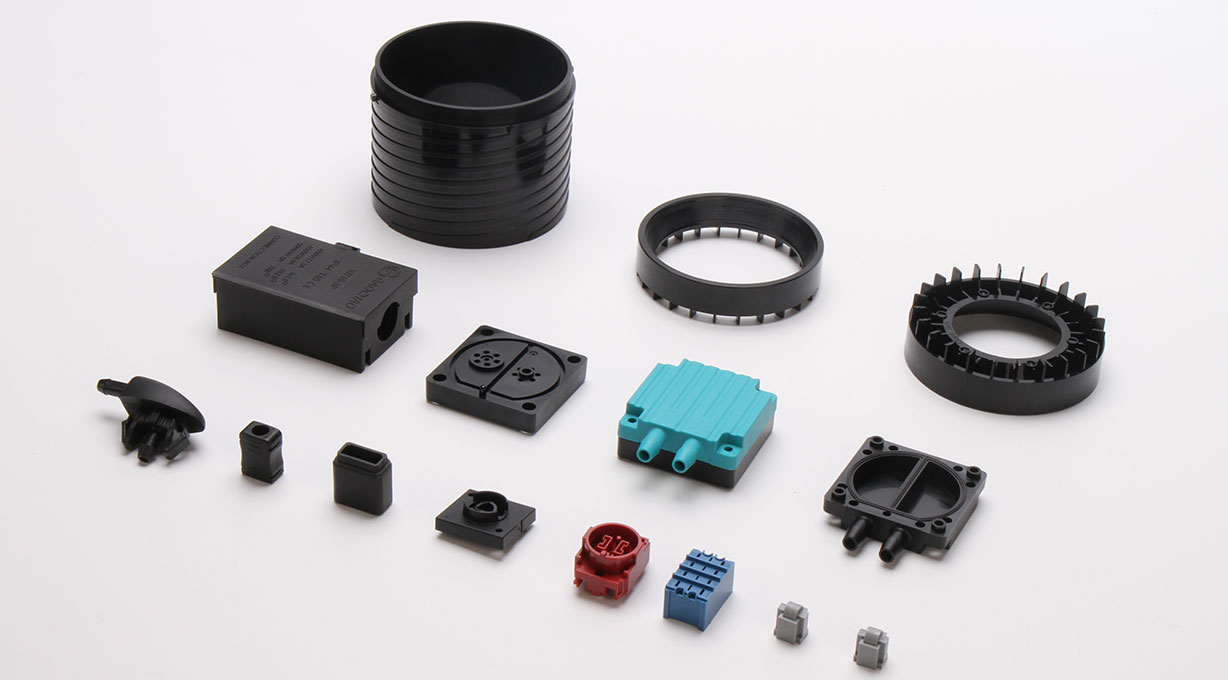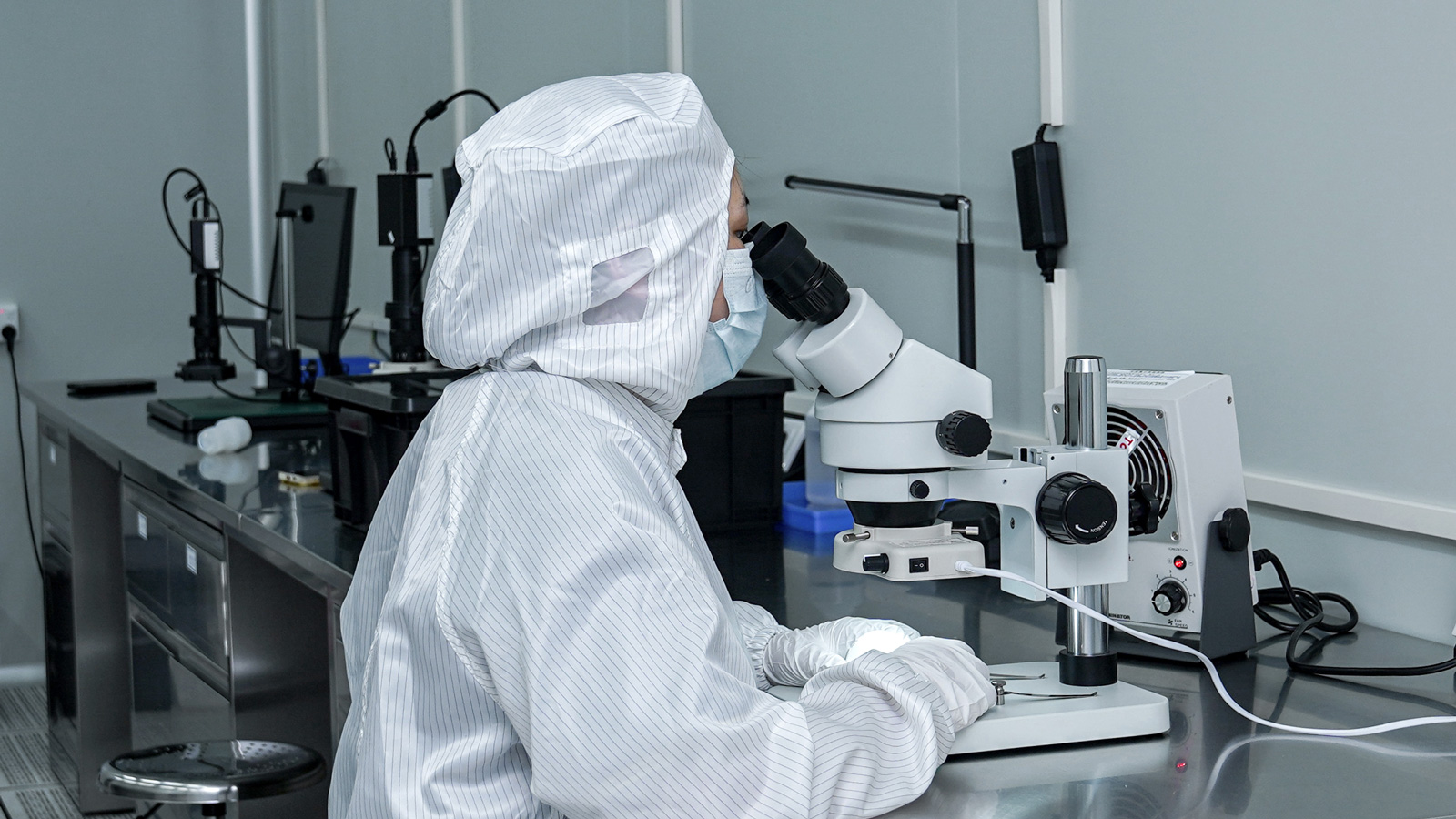In the field of injection molding processing, the quality and performance of mold accessories directly affect product quality and production efficiency. A scientific and comprehensive set of standards for mold accessories is crucial for ensuring the stable operation of molds in complex injection molding environments and producing qualified products. The following will elaborate on the standard requirements for mold accessories in injection molding processing from multiple dimensions.
I. Action Function Standards
(A) Ejection and Reset Requirements
During the injection molding process, the ejection and reset actions of plastic mold parts are of great importance. They need to ensure that products can be smoothly ejected from the mold and that the mold can quickly and accurately return to its initial state for the next injection cycle. Precise ejection and reset can prevent products from deformation and damage, maintain the normal use of the mold, and ensure the continuity of production.
(B) Guiding Requirements
Plastic mold accessories must have precise guiding functions. During the mold closing and opening actions, the guiding system acts like a “precise navigator,” ensuring that all mold components can move accurately and stably. Precise guiding can prevent misalignment and jamming during mold movement, guarantee the mold closing accuracy, and thus ensure the dimensional accuracy and appearance quality of products.
II. Performance and Durability Standards
(A) Wear Resistance Requirements
During injection molding processing, the continuous contact and friction between plastic materials and mold accessories will cause a certain degree of wear to the mold accessories. Therefore, mold accessories need to have good wear resistance to resist this wear and extend the service life of the mold. Wear-resistant mold accessories can reduce dimensional changes and surface damage caused by wear, ensuring the stability of product quality.
(B) Heat Resistance Requirements
A large amount of heat is generated during injection molding processing, and mold parts are exposed to a high-temperature environment. This requires mold parts to be able to withstand high temperatures without deformation or damage, maintaining stable performance at all times. Heat-resistant mold parts can ensure the normal operation of the mold at high temperatures, avoid dimensional deviations and mold failures caused by thermal deformation, and ensure the smooth progress of production.
(C) Corrosion Resistance Requirements
Some plastic materials release corrosive substances during processing, which may corrode mold accessories. Therefore, mold parts need to have a certain degree of corrosion resistance to prevent corrosion from affecting their service life and product quality. Corrosion-resistant mold accessories can maintain stable performance in harsh processing environments and reduce mold damage and product defects caused by corrosion.
(D) Strength Requirements
During the injection process, mold accessories are subjected to significant pressure and impact forces. This requires mold parts to have sufficient strength and rigidity to withstand these external forces, ensuring the stability and safety of the mold. Strong enough mold accessories can prevent fractures and deformations during the injection process, ensuring the normal progress of production and the safety of personnel.
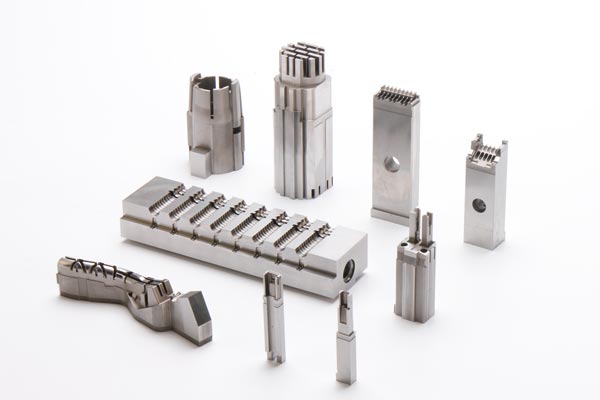
III. Precision and Quality Standards
(A) Precision Requirements
Plastic mold parts need to have high precision, which is the key to ensuring the accuracy and stability of the mold during injection molding processing. High-precision mold accessories can ensure that the dimensional accuracy, shape accuracy, and positional accuracy of products meet the design requirements and improve the product qualification rate.
(B) Assembly Precision Requirements
The assembly precision of mold accessories directly affects the overall performance and accuracy of the mold. During the manufacturing and assembly process, the assembly precision must be strictly controlled to ensure that the fit clearances and positional relationships between components meet the design requirements. Precise assembly can ensure accurate and stable mold actions, improving product quality and production efficiency.
IV. Material Selection and Maintenance Standards
(A) Material Selection
Selecting suitable mold part materials according to the material characteristics of the product, the working environment, and usage requirements is of great importance. Material selection directly affects the durability, processing accuracy, and cost of the mold. For example, for products with high precision and wear resistance requirements, high-quality materials such as alloy steel can be selected; for products with high corrosion resistance requirements, stainless steel and other materials can be used.
(B) Easy Maintenance Requirements
Molds are inevitably subject to wear or failures during use, so mold accessories are required to be easy to maintain and replace. Easy-to-maintain mold parts can reduce maintenance time and costs and improve production efficiency. At the same time, a convenient replacement design for accessories can reduce the risk of production stoppages caused by mold failures and ensure the continuity of production.
These standards are interrelated and mutually influential, jointly forming a complete set of requirements for plastic mold accessories in injection molding processing. In practical applications, it is necessary to comprehensively consider these standards according to specific production needs and product characteristics to ensure the performance and stability of the mold and meet production and quality requirements, promoting the high-quality development of the injection molding processing industry.
